ISO 9001:2015 is designed to help organisations get the most out of their Quality Management Systems. Effective Quality Management has benefits that ripple through the organisation, improving efficiencies and customer satisfaction increasing profits.
The International Organization for Standardization (ISO) states that a good quality management system can bring benefits to organizations of all sizes and all sectors, from the small manufacturer of bicycle parts to a hospital employing 5 000 people. In fact, when ISO 9001:2015 was revised, one of the main improvements was to make it accessible to all types of enterprises, including service-oriented organizations.
ISO 9001 is based on the idea of continual improvement, according to ISO. Because it is designed to be used by a plethora of different organisations, each with their own unique needs, ISO 9001 is flexible, in that it does not specify what “quality” or “meeting customer needs” should be, instead it asks organisations to define for themselves what customer satisfaction looks like to them, and what processes are necessary to achieve these objectives.
Benefits of ISO 9001:
- Clarify the overall context for your organisation
- Clearly state business objective and identify new business opportunities
- Puts customers first (right where they should be)
- Work more efficiently and thus more profitably
- Meet statutory and regulatory requirements
- Expand into new markets
- Identify and address risks
ISO 9001:2015 benefits organisations because it:
- Emphasises leadership engagement
- Addresses organisational risks
- Sees quality as part of business, and views the business more holistically
- The simplified language and common structure and terms makes ISO 9001:2015 easier to implement in a wider range of organizations
- Addresses supply chain management more effectively
- Is more user-friendly for service and knowledge based organizations
ISO certification is a signal to your customers that you are dedicated to delivering quality products and services, that you are a trusted supplier.
Major differences between ISO 9001:2008 and ISO 9001:2015
The structure of ISO 9001:2015 is the most notable changes. ISO 9001:2015 now follows the same structure as other ISO Management Systems, making it easier to use multiple systems together.
The standard brings risk-based thinking to the fore. In doing so, it recognises that risk is inherent in all aspects of a quality management system. Previously, ISO 9001 dealt with risk sepeately. By focussing on risk-based thinking, risks are identified, considered and controlled throughout the quality management system. A risk-based approach to quality, and indeed, all aspects if the organisation, makes risk management proactive rather than reactive.
- Greater reference to organisational strategy and reference
- Will require more in-depth interview with top management
- More emphasis on adoption of process approach
- Requires the identification of relevant interested parties
- Greater focus on performance indicators
- Requirements to consider changes affecting the organization
- Requires organisations to assess risks and opportunities
- Encourages risk-based auditing The need establish and maintain the internal audit programme
- Includes the need for documented information as evidence of effective audit programme implementation Approach internal audits as a risk assessment tool
How to switch if you are using ISO9001:2015 in 4 steps:
The new version of ISO 9001 meets the needs of a changing business world. It also recognises that each business is different, with different need. As such, the steps need to switch will be unique, because your organisation is unique. However there are some steps recommended by ISO that are worthwhile taking to assist your organisation in the process.
1. Get familiar with the document
ISO recommends that the first step in the process of preparing to become ISO9001:2015 compliant, or to make the switch from ISO 9001:2008, is becoming intimately familiar with the new document. Somethings have changed, but many stay the same. If you were compliant with ISO 9001:2008, it will be useful to identify which aspects of your organisation are still compliant and which need attention.
2. Develop an implementation plan
The next step is to develop an implementation plan to comply with the new aspects of ISO 9001:2015 that your organisation does not meet yet. This implementation plan should take into account your business objectives
3. Training and awareness
The success of any quality management system ultimately depends on the people who have to implement it. By ensuring that all parties that an impact on the effectiveness of the organisation are adequately trained and aware of what the new requirements are, the more success you will be.
4. Update existing quality management systems to meet the revised standard
Once the people who have to implement the quality management system have been adequately trained, you can update the processes within your existing quality management system to meet the new requirements.
Conclusion
If you are certified ISO 9001:2008, you have until the end of September 2018 to make the transition, as after that your certification will no longer be valid.
SynergyGRC offers three-day workshops – that can be held on your premises – to help you transition to ISO 9001:2015. We focus on the unique requirements of your business, and simplify the process for you with our expert knowledge in experience with Quality Management Systems. For more info on the ISO 9001:2015 Readiness Workshops, click here.

Recent Comments